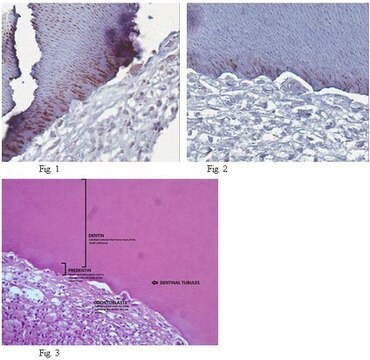W272302
Methyl β-naphthyl ketone
≥99%, FCC, FG
Synonym(s):
2-Acetonaphthone, 2′-Acetonaphthone, 2-Acetylnaphthalene, Methyl 2-naphthyl ketone
About This Item
Recommended Products
biological source
synthetic
Quality Level
grade
FG
Kosher
agency
meets purity specifications of JECFA
reg. compliance
EU Regulation 1334/2008 & 872/2012
FCC
FDA 21 CFR 172.515
assay
≥99%
bp
300-301 °C (lit.)
mp
52-56 °C (lit.)
application(s)
flavors and fragrances
documentation
see Safety & Documentation for available documents
food allergen
no known allergens
organoleptic
orange; floral; sweet
SMILES string
CC(=O)c1ccc2ccccc2c1
InChI
1S/C12H10O/c1-9(13)11-7-6-10-4-2-3-5-12(10)8-11/h2-8H,1H3
InChI key
XSAYZAUNJMRRIR-UHFFFAOYSA-N
Looking for similar products? Visit Product Comparison Guide
Related Categories
General description
hcodes
pcodes
Hazard Classifications
Aquatic Chronic 2
Storage Class
11 - Combustible Solids
wgk_germany
WGK 2
flash_point_f
334.4 °F - DIN 51758
flash_point_c
168 °C - DIN 51758
ppe
dust mask type N95 (US), Eyeshields, Gloves
Certificates of Analysis (COA)
Search for Certificates of Analysis (COA) by entering the products Lot/Batch Number. Lot and Batch Numbers can be found on a product’s label following the words ‘Lot’ or ‘Batch’.
Already Own This Product?
Find documentation for the products that you have recently purchased in the Document Library.
Our team of scientists has experience in all areas of research including Life Science, Material Science, Chemical Synthesis, Chromatography, Analytical and many others.
Contact Technical Service







